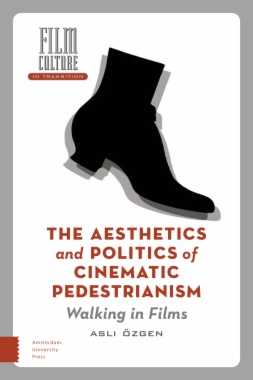In this comprehensive portrait of horror's definitive director, Tony Williams ties George A. Romero's films to the development of literary naturalism and American culture, expanding the artist's creative footprint beyond his mastery of the "splatter movie" genre. Williams locates Romero's influences in the work of Emile Zola, the Entertainment Comics of the 1950s, and the novels of Stephen King, revealing the interdisciplinary depth of his seminal films Night of the Living Dead (1968), Creepshow (1982), Monkey Shines (1988), and The Dark Half (1992). For this second edition, Williams reads Romero's Bruiser (2000) against his more recent Land of the Dead (2005) and takes a fresh look at Diary of the Dead (2007) and Survival of the Dead (2009), two overlooked films that feature Romero's greatest achievements yet.
- Table of Contents
- Acknowledgments
- Introduction to the First Edition
- Introduction to the Second Edition
- 1. A Director and His Traditions
- 2. Night of the Living Dead
- 3. There’s Always Vanilla
- 4. Jack’s Wife
- 5. The Crazies
- 6. Martin
- 7. Dawn of the Dead
- 8. Knightriders
- 9. Creepshow
- 10. Day of the Dead
- 11. Monkey Shines
- 12. One Evil Eye and The Dark Half
- 13. From Bruiser to Land of the Dead
- 14. Diary of the Dead
- 15. Survival of the Dead
- Epilogue
- Appendix One: The Romero Screenplays and Teleplays
- Appendix Two: Chronology
- Notes
- Filmography
- Bibliography
- Index

